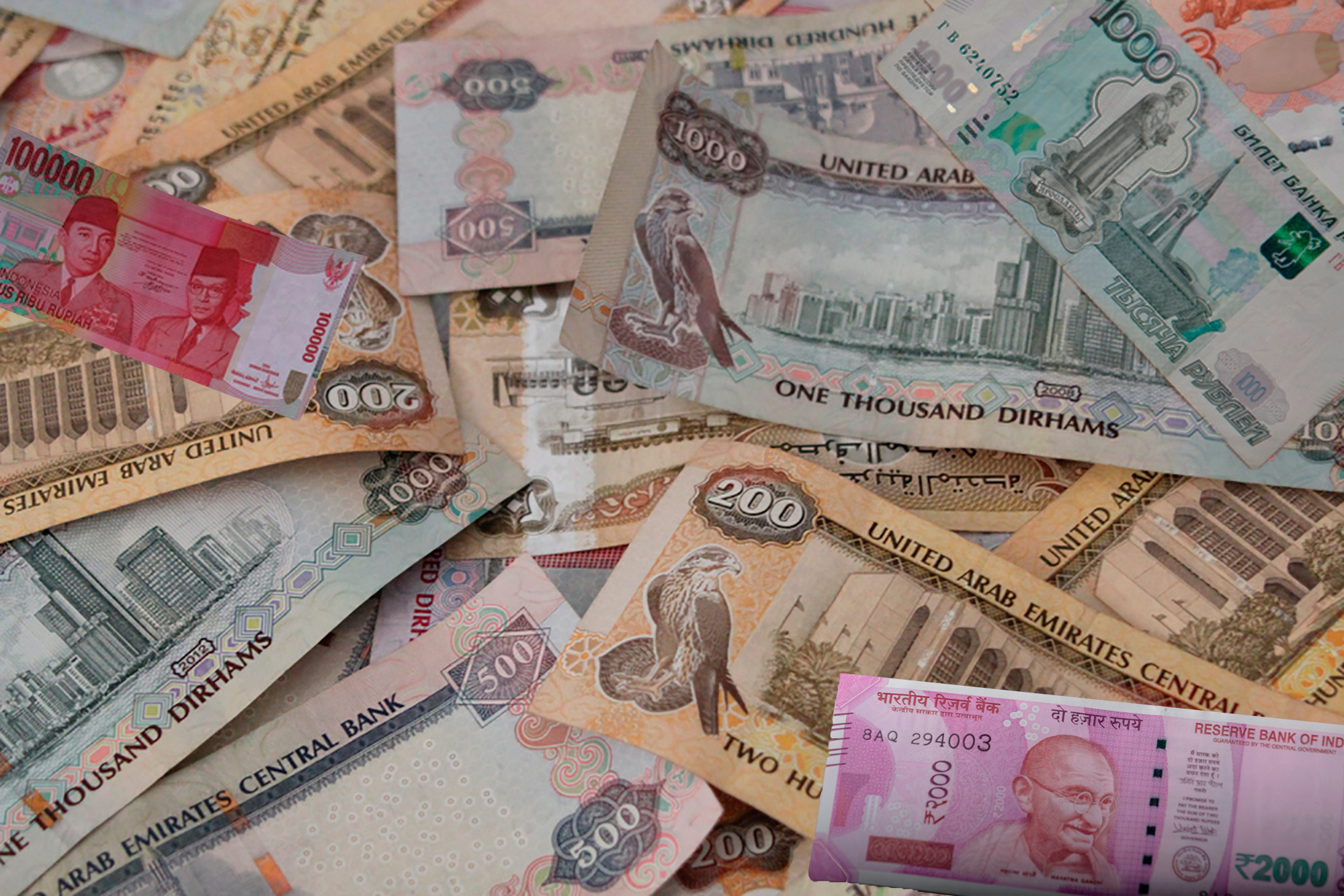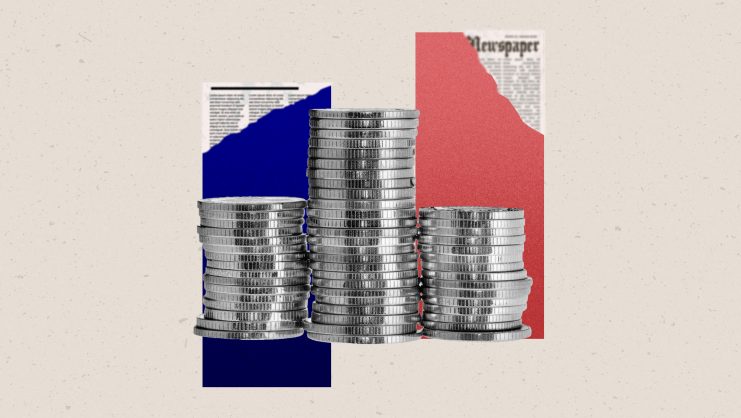Sovereign wealth funds are invisible to most people. However, this investment group is playing an increasingly decisive role – with sovereign wealth funds in India, Indonesia, Abu Dhabi, and Egypt changing the course of these countries’ economies and boosting economic development. Likewise, sovereign wealth funds from China, Saudi Arabia, and Qatar own some of the world’s best-known assets, from the Rockefeller Center in New York (with its legendary, movie-like skating rink) to The Shard skyscraper in London (the tallest in Europe) and the iconic Harrod’s department store in the British capital. In addition, sovereign wealth funds from Singapore and Kuwait are driving the development of alternative energy sources and pioneering new food and mobility solutions around the world.
Sovereign wealth funds continue to operate from the wings, but their assets are growing steadily. According to the 2021 Sovereign Wealth Funds Report, compiled at IE University’s Center for the Governance of Change in partnership with ICEX-Invest in Spain, sovereign wealth funds are now at an all-time high, managing more than $10 trillion in assets. As this kind of number can be difficult to truly grasp, let’s consider it by way of comparison: this total volume would make sovereign wealth funds, on aggregate, the third-largest country in the world, behind only China and the United States. However, their low-key profile keeps them out of most of the headlines.
The report reveals some of the investment trends gleaned from the analysis of sovereign wealth fund operations in 2021 and may help us to understand how to look at problems with a little more perspective than is customary in breakneck modern society.
Firstly, sovereign wealth funds are more active than ever. In 2021, they tripled the number of direct investments made in 2020 with nearly 450 deals. They also tripled the value of the deals they joined in 2020, with transactions standing at $120 billion in 2021. The question is: where do sovereign wealth funds invest their money? The answer is a straightforward one and has been for 10 years: the United States. Sovereign wealth funds around the world channel almost a third of their annual direct transactions into companies based in the U.S. This has remained stable over the last decade and is not likely to change in the short term.
However, China has given up its second place this year, to India. Asia is experiencing rapid growth and there were several transactions in India in 2021 that give us an idea of the magnitude of this trend. The most significant investment was made by four sovereign wealth funds in the capital increase of Flipkart, an e-commerce giant, which was acquired by Walmart in 2018 and is valued at $38 billion. The second-largest transaction was made by three sovereign wealth funds in Reliance Retail, the country’s biggest distribution and department store player. Finally, the third and fourth largest transactions again came from the world of technology. Paytm, an Indian GIC-invested unicorn valued at $16 billion, offering digital payment services; and Unacademy, a startup created in 2016 that is already the largest online education provider in India, with more than six million active users per month. The students on this platform are taught by the more than 50,000 teachers who are part of Unacademy, some of whom are well known in the country.
Technology is not the cherry on top of the development cake but the driving force that underpins a country’s rapid growth.
China was overtaken by India in part because its technology companies have been impacted by regulation scaring off international investors – and this illustrates the importance of technology to the acceleration of countries in the 21st century. This technology, however, is not the cherry on top of the development cake but the driving force that underpins a country’s rapid growth through new forms of consumption, payments, and access to education, which is broadening its scope.
Another major trend is investment in alternative energy sources. In the period covered by the report, sovereign wealth funds participated in around 30 deals valued at $9 billion, including solar, wind, and geothermal renewable energy projects, modern battery systems for electric cars, and new energy sources such as nuclear fusion. In 2021, sovereign wealth funds backed four different firms that are developing long-term projects in nuclear fusion, valued at $2.5 billion. The promising prospects of this alternative have paved the way for large-scale projects in the United States, Canada, and France, aiming to provide a solution by the early 2030s to one of humanity’s most pressing issues: clean energy.
The report anticipates a trend linked to the growth of technology around the world. Companies no longer focus on getting listed on a stock market – in fact, more and more corporations are staying private for longer. These companies are getting bigger and bigger, accumulating huge assets and investments that sidestep the regulations associated with listing on stock exchanges halfway around the globe. Sovereign wealth funds, together with other unconventional investors in the venture capital world, such as hedge funds and pension funds, have repeatedly backed this revolution. The response is beginning to take shape, with the U.S. Securities and Exchange Commission already drawing up a battery of new measures to increase the financial transparency of those who have decided to follow an alternative funding route. We will see what happens next in this particular battle.
Finally: Russia. An article published these days, in March 2022, cannot ignore a global crisis of this magnitude, precisely because it is not an isolated event in time but the embodiment of a much longer-term trend that has already been notched up on the list of sad milestones defining the first quarter of the 21st century, together with 9/11, the global financial crisis, and the pandemic. The invasion of Ukraine highlights the relevance of sovereign wealth funds even when it comes to making decisions that go against the fundamental rules of coexistence.
Sovereign wealth funds usually accomplish one of three missions: macroeconomic stabilization, intergenerational savings, or economic development. In Russia, the two sovereign wealth funds serve the first (National Wealth Fund) and the third objectives (Russian Direct Investment Fund). Both were sanctioned on February 28 when they were included in the “SDN list” (Specially Designated Nationals and Blocked Persons List) published by the U.S. Treasury Department. The NWF’s mission is to serve as a financial cushion for the national budget, something Putin knew in advance. This fund has tripled its value since 2017, reaching a total of $183 billion in February 2022. Almost 65% of its assets are liquid and almost directly accessible; therefore, its role of macroeconomic stabilization will be realizable in the short term. In the long term, only the length and scope of the sanctions (with the keystone being the natural gas and oil trade) will dictate its viability.
The situation is trickier for the RDIF. Created in 2011, it was thrust into the limelight after the sanctions that followed the annexation of Crimea in 2014. Its mission is to attract international capital to invest in Russian companies in a myriad of sectors, from agriculture to technology, logistics, industry, natural resources, life science, and petrochemicals. Most of the capital has come from co-investment partnerships with sovereign wealth funds, mainly from China, and from funds in Gulf Cooperation Council countries such as Qatar and Abu Dhabi. The RDIF has been a successful instrument, leading to the signing of deals worth more than $40 billion and channeling $21 billion into the Russian economy. It remains to be seen what its standing will be in the coming years. Whether it will be able to offer an alternative source of funding or whether its partners will decide to sell their stakes in the many businesses that have fostered development that is now being halted by the geopolitical decisions of a president who doesn’t seem to know what century he is living in. The RDIF website is down, just like the Russian economy.
© IE Insights.











